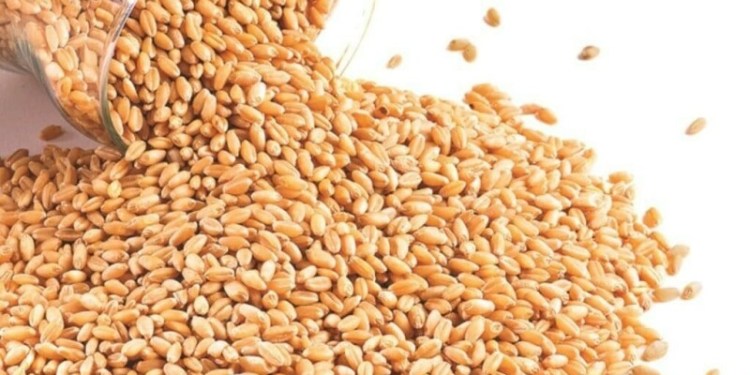CHICAGO: Chicago Board of Trade wheat futures fell to a near two-week low on Thursday after the US Department of Agriculture’s first official estimate of the 2018-19 US wheat harvest came in above trade expectations.
Soybean futures rose while corn followed wheat lower.
CBOT July wheat settled down 4 cents at $5.06-1/2 per bushel after dipping to $5.00-1/4, its lowest since April 27.
July soybeans rose 5-1/2 cents to $10.21-1/4 a bushel and July corn fell 3/4 cent at $4.02 a bushel.
Wheat declined after the USDA projected the total US wheat crop for the 2018-19 marketing year at 1.821 billion bushels, above the average analyst estimate for 1.777 billion and up 5 percent from the prior year.
Winter wheat grown in the southern US Plains has struggled with months of drought, but the USDA said combined production of spring and durum wheat would increase 34 percent from the previous year.
Some analysts predicted USDA eventually would lower its winter wheat production estimate, noting the crop’s immaturity.
“I expect this to be a high point in the year. The crop is too immature to count tillers and assume normal head size,” said Arlan Suderman, chief commodities economist with INTL FCStone.
The USDA forecast that world wheat stocks would total 264.33 million tonnes by the end of the 2018-19 marketing year, down about 2 percent from its 2017-18 forecast of 270.46 million, an all-time high.
CBOT wheat was also pressured by a smaller-than-expected weekly US wheat export sales tally.
Soybean futures rose after the USDA, in its first official supply/demand forecasts for the new crop year, projected 2018-19 soybean ending stocks at 415 million bushels. The figure was below most trade expectations.
“US soybean ending stocks were a big surprise. Of interest is the fact they … implied very strong demand, likely based on Argentina, for the remainder of the new crop year,” said Rich Nelson, chief strategist for Allendale Inc.
Corn futures eased in sympathy with wheat. However, futures drew underlying support from USDA’s forecast that global corn ending stocks would fall to 159.15 million tonnes by the end of 2018-19, from 194.85 million in 2017-18 and below a range of trade expectations.
“That’s a 35 million metric ton reduction from old crop to new crop. To me, that’s the number that should really be focused on. That’s a huge reduction,” said Karl Setzer, an analyst with Iowa-based MaxYield Cooperative.
Source: Brecorder




























